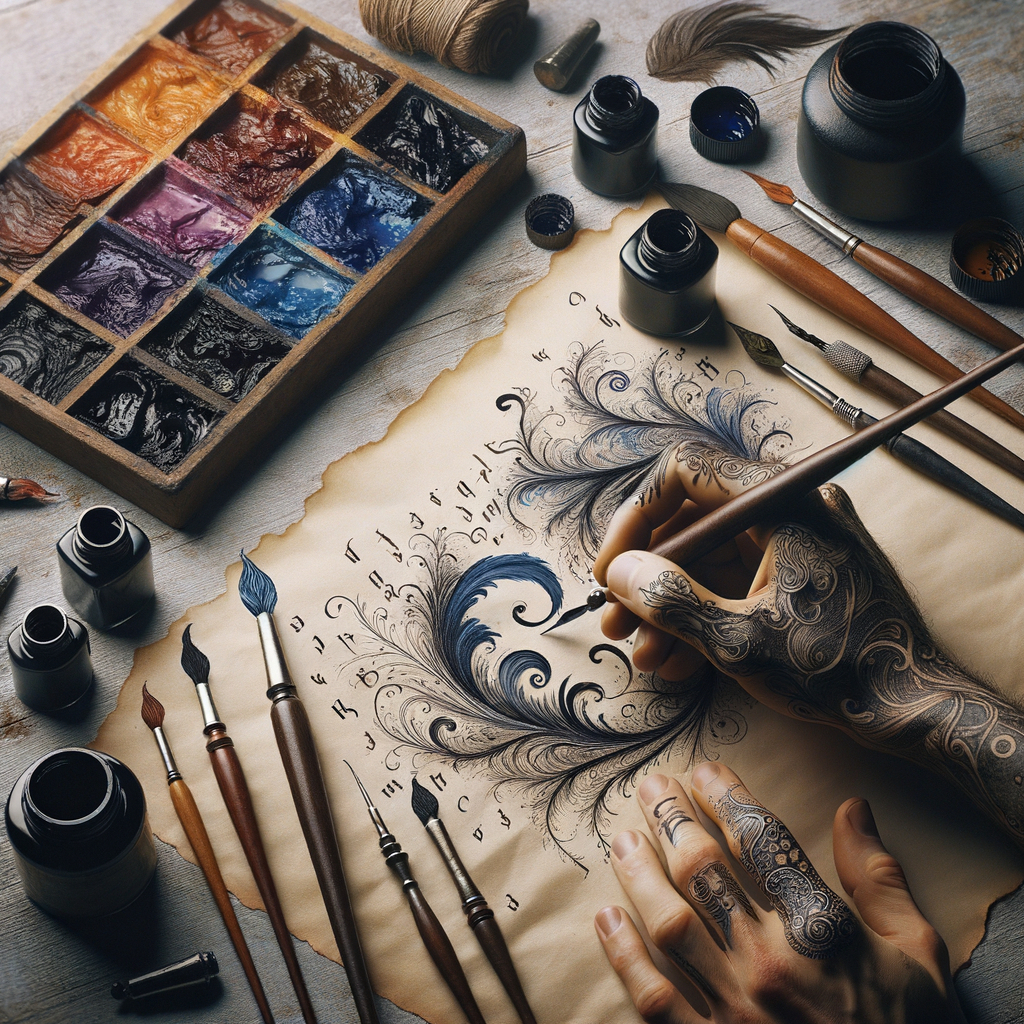Physical Address
304 North Cardinal St.
Dorchester Center, MA 02124
Physical Address
304 North Cardinal St.
Dorchester Center, MA 02124

Calligraphy, derived from the Greek words ‘kallos’ meaning beauty, and ‘graphein’, meaning to write, is the art of beautiful handwriting. It’s a skill that has been cherished and developed over centuries, offering an aesthetic pleasure not only to the calligrapher but also to those who appreciate the fine strokes and well-crafted letterforms. This article will provide you with a step-by-step guide into the world of calligraphy.
Before diving into how to do calligraphy, it’s essential to understand what it entails. Calligraphy is more than just fancy handwriting; it’s a form of artistic expression that requires patience, precision, and practice. There are numerous styles or scripts in calligraphy including Roman, Gothic, Italic and Copperplate among others.
To start your journey in calligraphy, you will need some basic tools:
The first step involves preparing your tools for use. If you’re using new nibs, it’s important to clean them first as they often come with a protective oil coating that can interfere with the ink flow. You can do this by dipping the nib in warm water with dish soap and then drying it off.
Dip your nib into the ink but not so deep that it gets into the pen holder. Wipe off any excess on the rim of your ink bottle. Remember, too much ink will cause blobs while too little will result in inconsistent strokes.
Before writing letters, you need to master some basic strokes which form the backbone of all calligraphy letters. These include upward thin stroke (hairline), downward thick stroke (shade), oval and overturn.
Start by practising lower case letters before moving onto upper case. Each letter is made up of a combination of basic strokes. For instance, ‘n’ is formed by an upward thin stroke followed by a downward thick stroke.
Once you’re comfortable with individual letters, start practising words. This will help you understand how letters connect and interact within words.
Beyond these steps, here are few tips to improve your calligraphy skills:
The journey to mastering calligraphy is a marathon, not a sprint. It’s about enjoying the process as much as the end result. So, pick up your pen and let the ink flow!